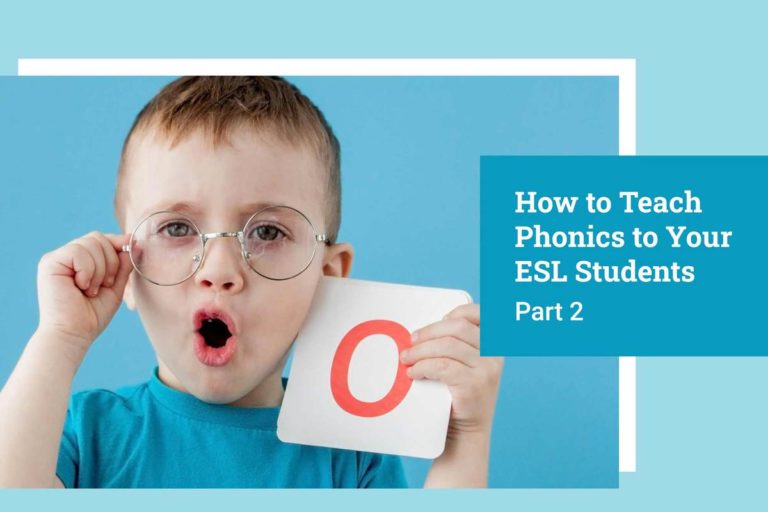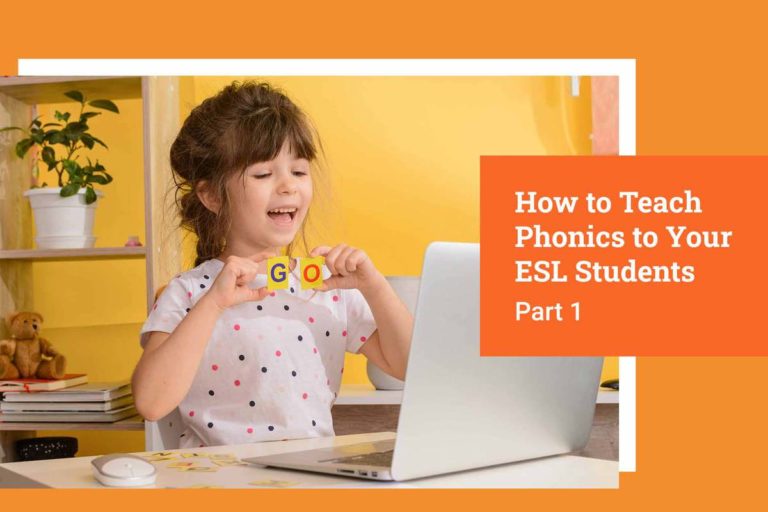Ready to start teaching English online?
Teach with VIPKidUnless you’re studying philosophical existentialism, lessons are usually not an exercise in “seeing where the road less traveled takes us”. As fun as that can be, a typical lesson has a very specific goal in mind. This is true whether the lesson is structured or unstructured, or whether the goal is specific or broad. There is always a ‘point’ to the lesson. Thus, the importance of setting lesson objectives.
As such, there are lessons for everything. Math classes. Driving classes. That one time your father let you stare down the hose and open the tap for the first (and last) time. The point here is that lessons in all shapes and forms are a means to an end.
The teacher’s job then – in addition to everything else – is to not lose sight of the objectives.
Each VIPKid lesson is set up with this in mind. Using a ‘backward design’ approach, every lesson is prefaced by a summary and overview of the expectations and objectives of the class that teachers can review. And for every slide in the lesson, the teacher is able to contextualize the content in relation to the overall objectives of the entire lesson.
Whether or not you’re a teacher with VIPKid: Are you teaching with your lesson objectives in mind?
Here are some ways you can keep your lesson objectives front and center (and while we use lesson slides in the VIPKid world, this could apply to any type of learning content you have prepared):
1. On every slide or section, identify the thing you want your student to learn
Lesson slides or content may be simple, but it’s still important to remember exactly what it is you are teaching your student. A slide containing the anxious octopus sleeps soundly is simple enough. But if your objective is to teach the phrase sleeps soundly, then you don’t need to get too caught up in the typical mental state of an octopus (we think they are anxious beings).
2. Next, identify the level of knowledge you want them to reach
Not every slide you teach requires your student to walk out with a doctoral in the topic. Theories such as Bloom’s Taxonomy outline different levels at which understanding takes place, and it’s helpful to know where you are aiming with your student. Simple understanding, correct application, or creative new thinking?
3. Ask your students to feedback what they have learned in a manner you can evaluate
To make sure your lesson objectives are being met, have your students respond to questions targeted specifically at their understanding and level. For example, if you are teaching the color green, ask your student to list all the green things they can think of. This is a simple way to evaluate their understanding.
By keeping a focus on the lesson objectives, your lessons can be even more effective!
Earn $15-22 an hour Teaching English from Home
If you enjoyed this article, check out our blogs on Classroom Reward Systems and How to Prepare a Thorough ESL Curriculum.
This Teaching Essentials Blog Series looks at some tools-of-the-trade for online ESL instruction. In it, we explore a few key concepts and dive into what makes them indispensable to our teachers.



